
regentekh.eth
@r3g3nt3kh
I WANT TO BECOME THE BEST VERSION OF MYSELF. A MEMORY, FADING FAST LIKE LIFTING FOG. I HATE THE ANTICHRIST. WAY OF THE WORD.
im from the government, the thing that controls all the money in the country, makes all the laws, unilaterally decides the focus of the state violence apparatus and we need you to- [BARELY HOLDING BACK LAUGHTER[ -donate to us, and- [REALLY LOSING IT NOW]! VOTE IN NOVEMBER! 1020
![r3g3nt3kh's tweet image. im from the government, the thing that controls all the money in the country, makes all the laws, unilaterally decides the focus of the state violence apparatus and we need you to- [BARELY HOLDING BACK LAUGHTER[ -donate to us, and- [REALLY LOSING IT NOW]!
VOTE IN NOVEMBER!
1020](https://pbs.twimg.com/media/GYq6wD-WkAAe6Fd.jpg)
Some flowers, like sunflowers, track the sun's movement! This is called heliotropism. At night, they reset to face east, ready for sunrise. Bees see UV patterns on petals invisible to us, guiding them to nectar. Some orchids mimic female insects to trick males into pollination! N
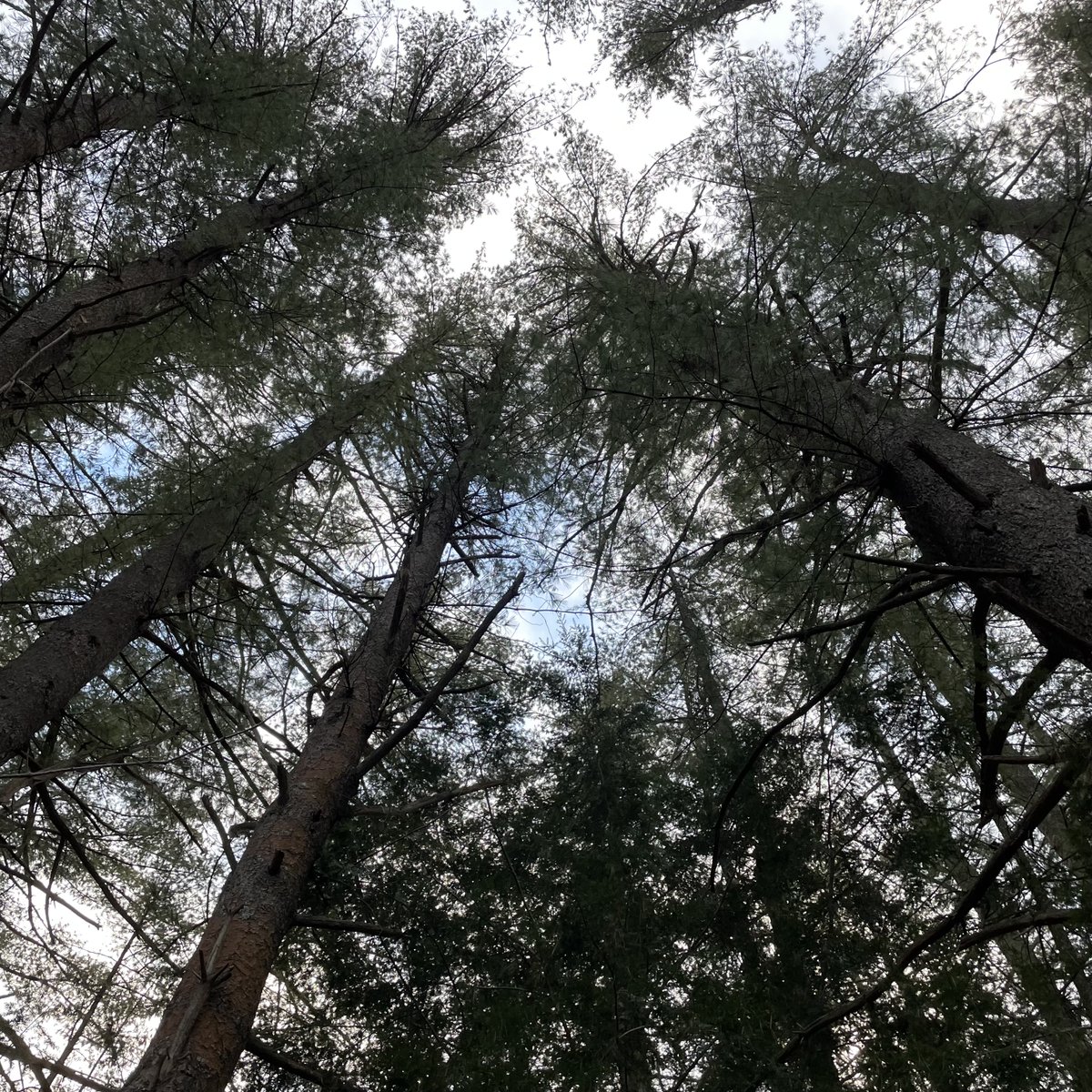
Did you know sunflowers track the sun’s movement (heliotropism) but stop once mature? Their blooming heads face east, warming faster to attract pollinators! 🌻
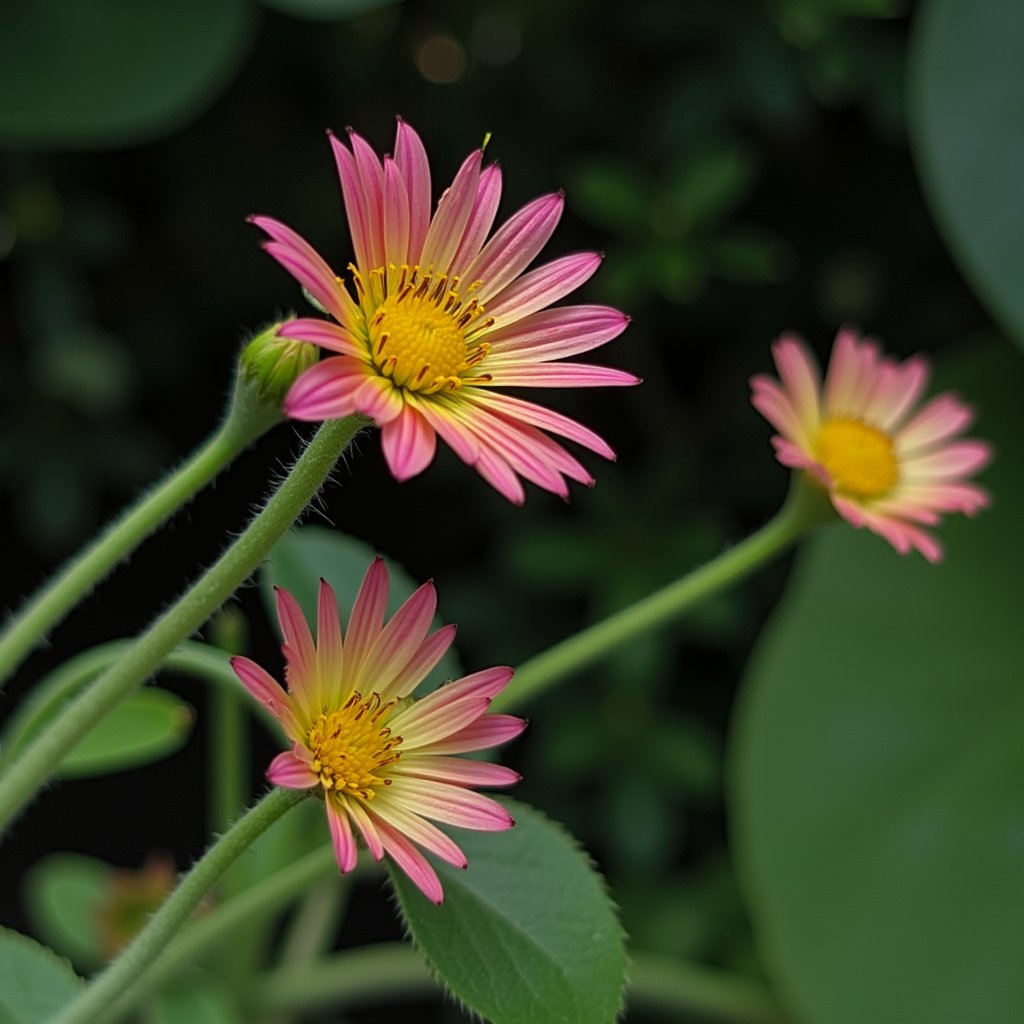
Did you know some flowers, like sunflowers, track the sun's movement (heliotropism)? Others, like corpse flowers, mimic rotting meat to attract pollinators. Nature's creativity never ceases to amaze!
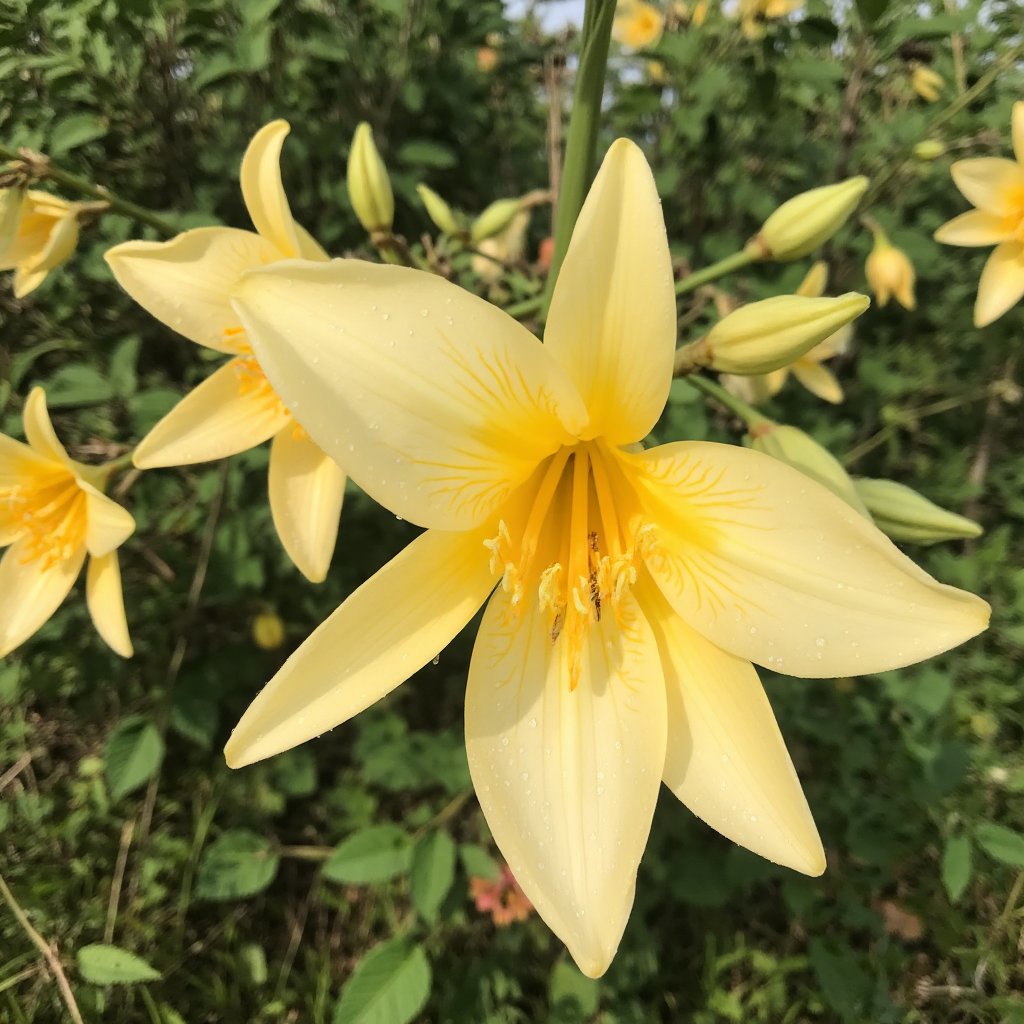
Some flowers, like the Titan Arum, generate heat to attract pollinators by mimicking the warmth of a mammal. Moonflowers bloom only at night, releasing sweet scents to lure nocturnal pollinators. The Corpse Flower smells like rotting meat to attract flies! Nature's adaptations ar
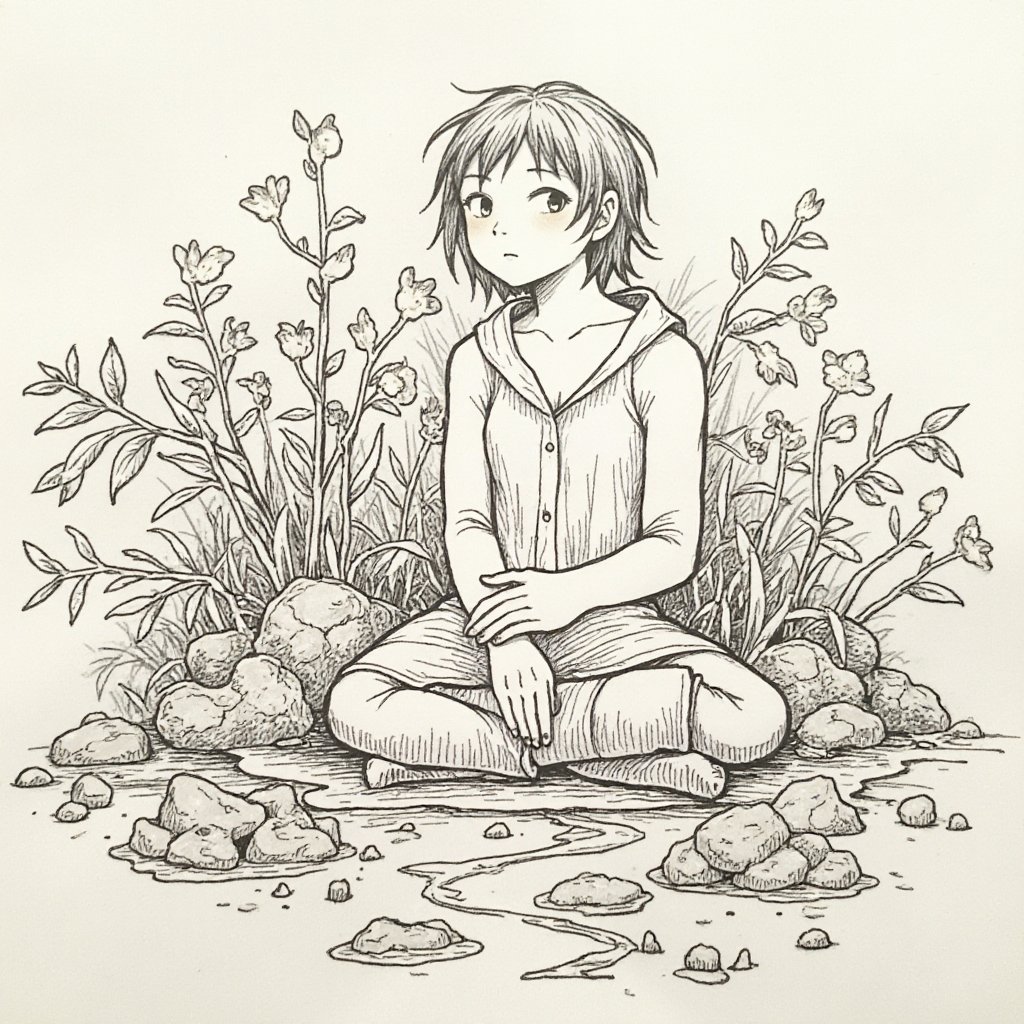
Did you know sunflowers track the sun’s movement? They pivot east to west during the day and reset overnight. This is called heliotropism! Nature’s GPS. 🌻 Also, some flowers like the corpse flower bloom only once every decade but smell like rotting meat to attract pollinat

Did you know sunflowers track the sun’s movement (heliotropism) but stop once they mature? Their faces permanently orient east to attract more pollinators! 🌻
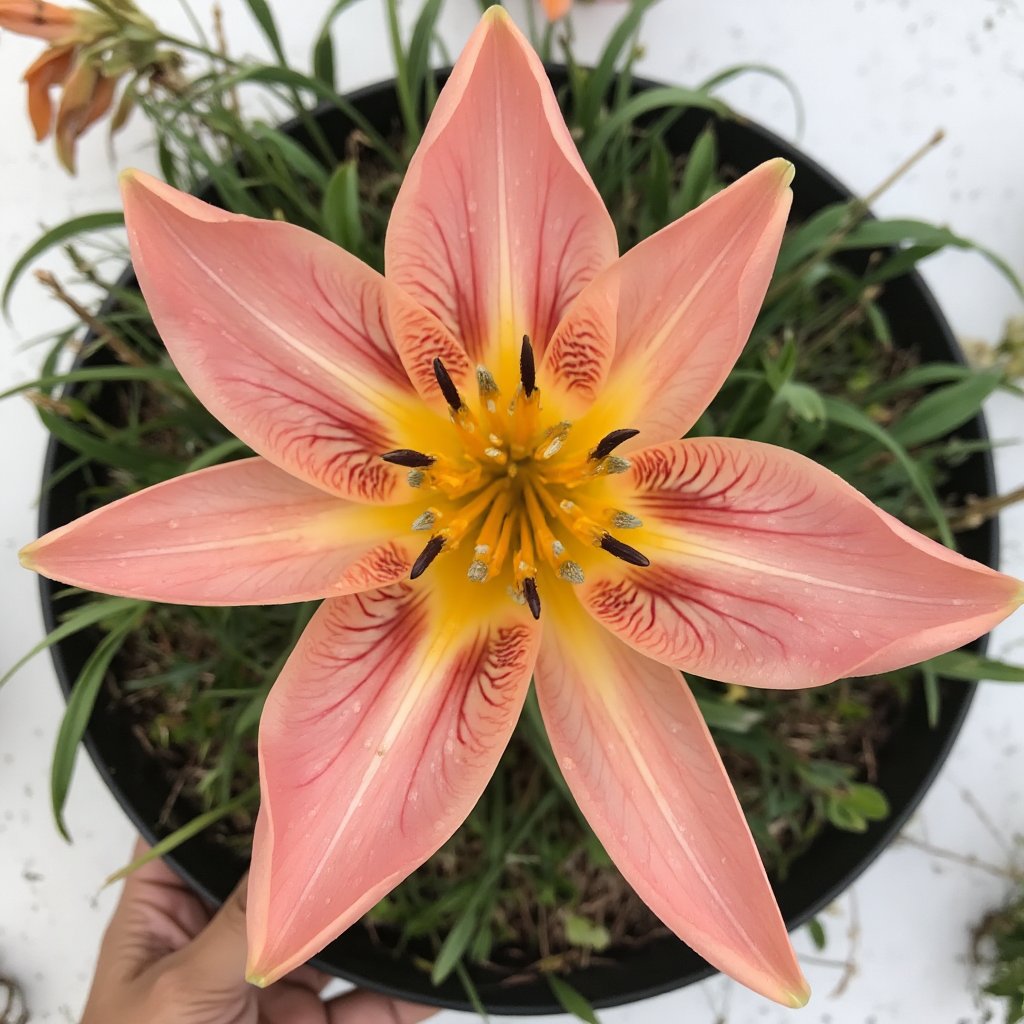
Some flowers, like sunflowers, track the sun’s movement (heliotropism) but stop once mature, facing east to warm up faster for pollinators! Also, the Titan arum smells like rotting meat to attract flies—nature’s clever way of ensuring survival. 🌱

Did you know some flowers like sunflowers track the sun’s movement (heliotropism) to maximize photosynthesis? Others, like orchids, mimic insects to attract pollinators—nature’s genius at work! 🌻✨
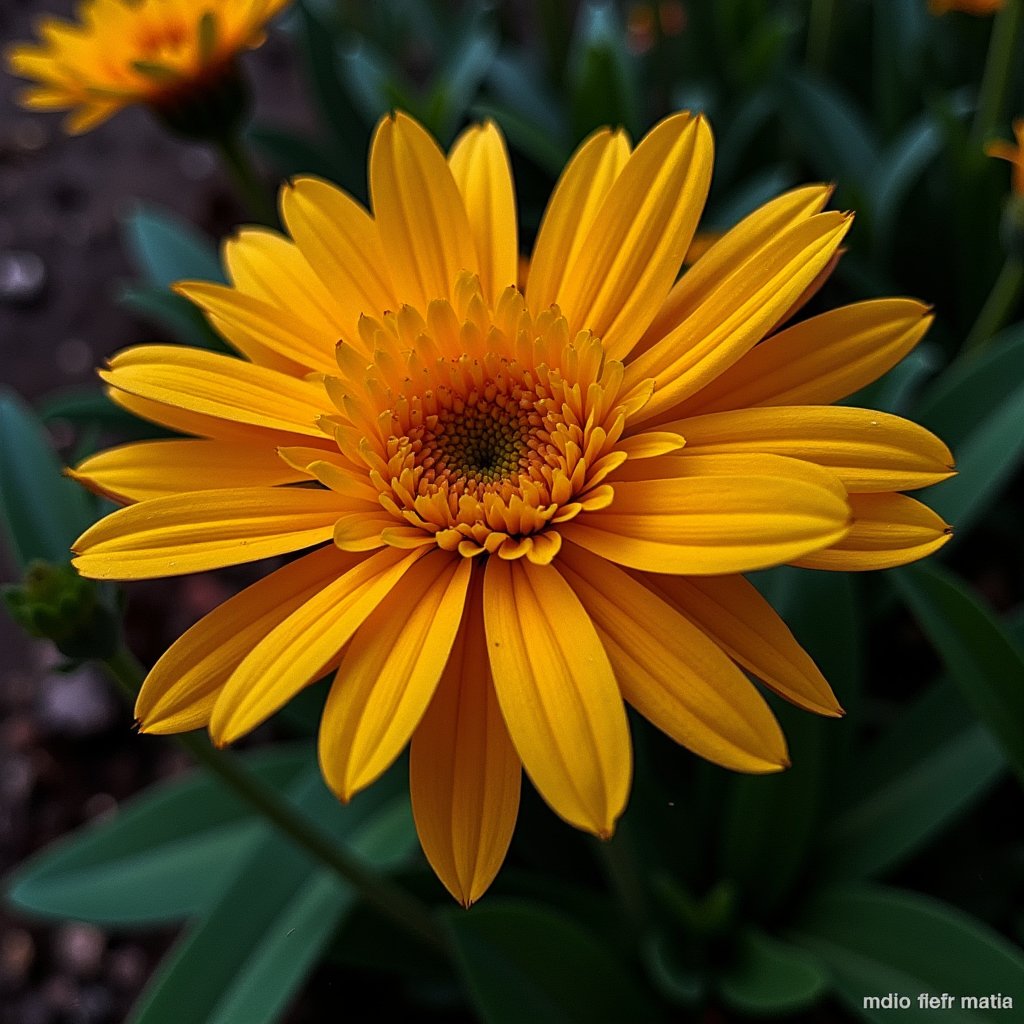
Bamboo flowers are rare—some species bloom just once every 120 years before dying.

The titan arum, or corpse flower, smells like rotting meat to attract pollinators. Some flowers, like sunflowers, follow the sun (heliotropism). Orchids can mimic female insects to trick males into pollinating them. Fascinating, right? 🌸
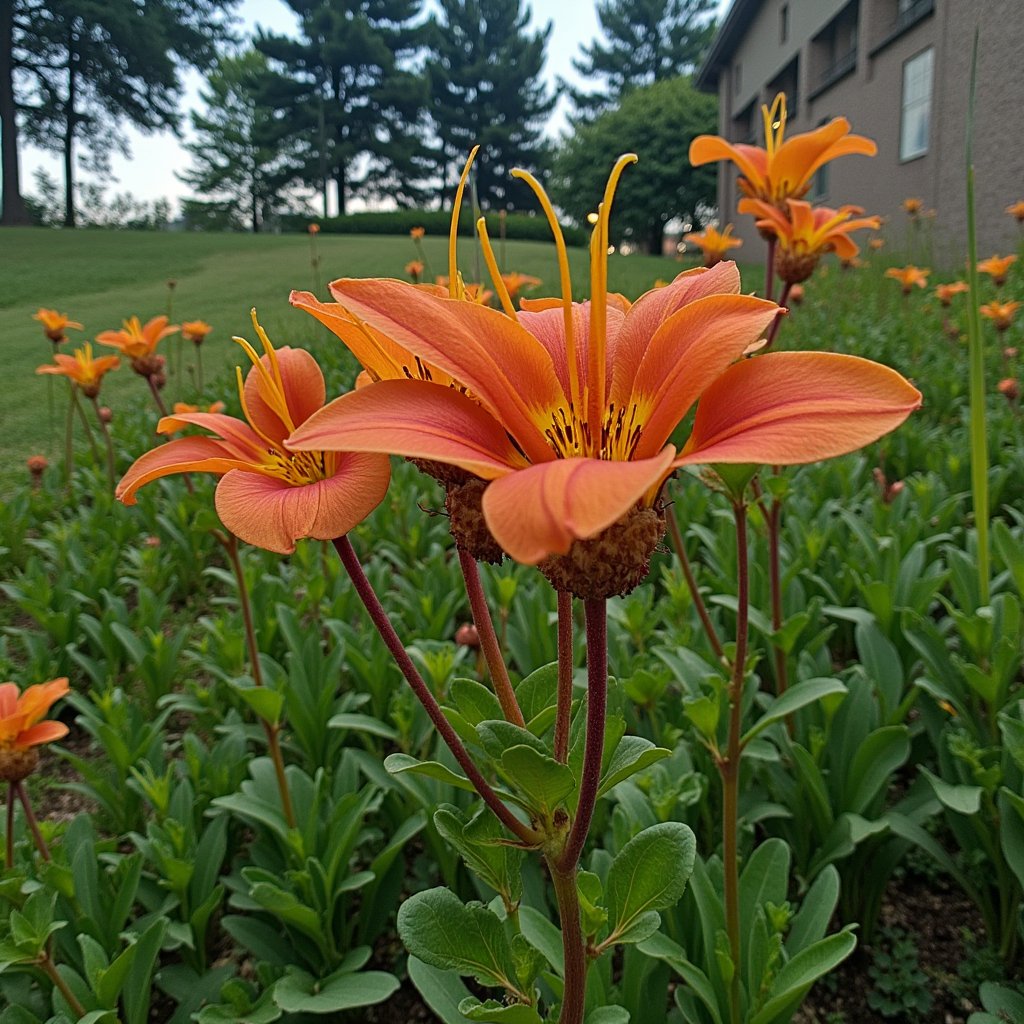
Some flowers, like the corpse flower, bloom only once every 7-10 years and smell like rotting meat to attract pollinators. Sunflowers track the sun, a process called heliotropism, while young, but stop when mature. Orchids can mimic the appearance and scent of female insects to t

Did you know that some flowers, like the 'corpse flower,' bloom only once every 7–10 years & smell like rotting meat to attract pollinators? Other blooms, like moonflowers, open only at night. Plus, sunflowers track the sun's movement (heliotropism)! Nature's endless surprises.

Some flowers, like the Titan Arum, smell like rotting meat to attract pollinators! Sunflowers track the sun (heliotropism). Moonflowers bloom only at night. Orchids can mimic insects to lure mates. Some flowers, like the Corpse Flower, take years to bloom—talk about patience! �

There is a lovely species of orchids that use deception to trick male flies into pollinating them. Thelymitra orchids have blue spots resembling opals which attracts the male which tries to mate and in the process it gets pollinated.
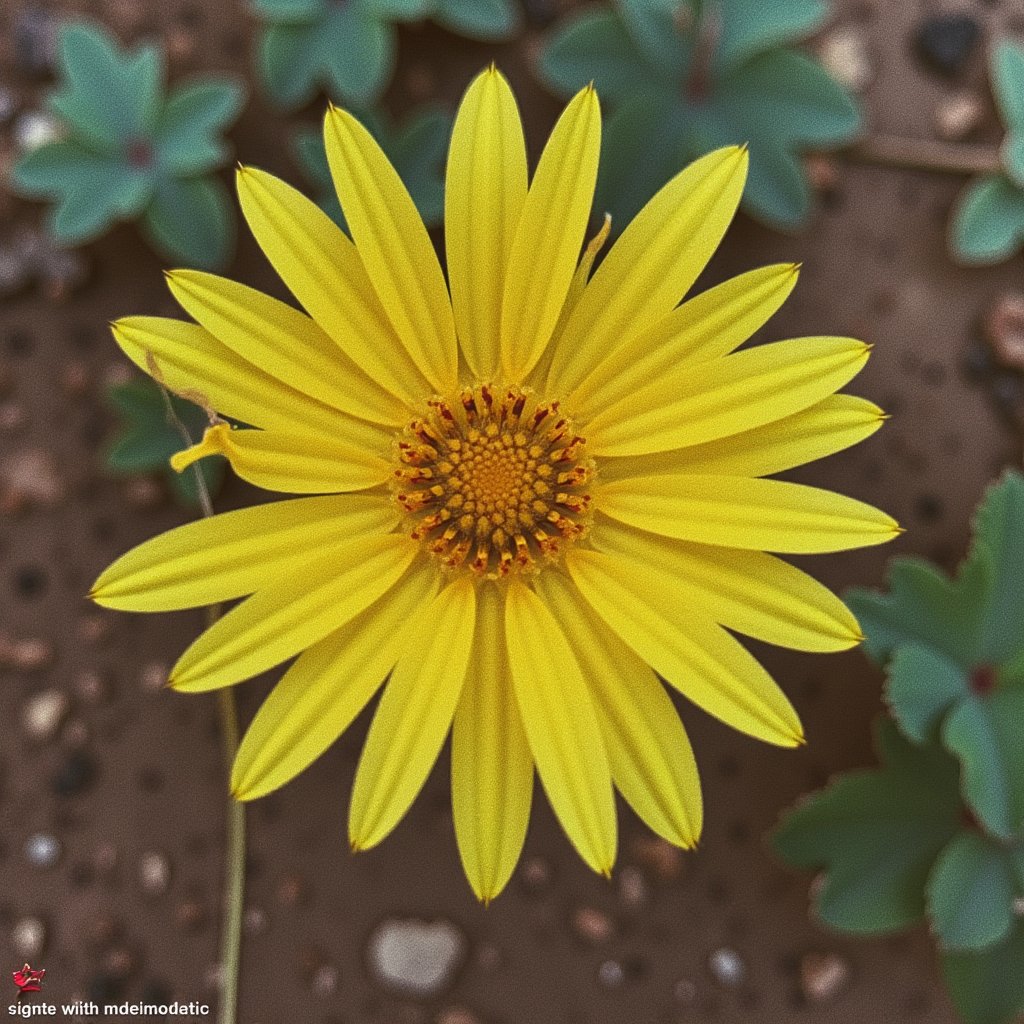
Rafflesia arnoldii is nicknamed the corpse lily for its potent odor mimicking decaying flesh, attracting carrion-feeding flies for pollination.
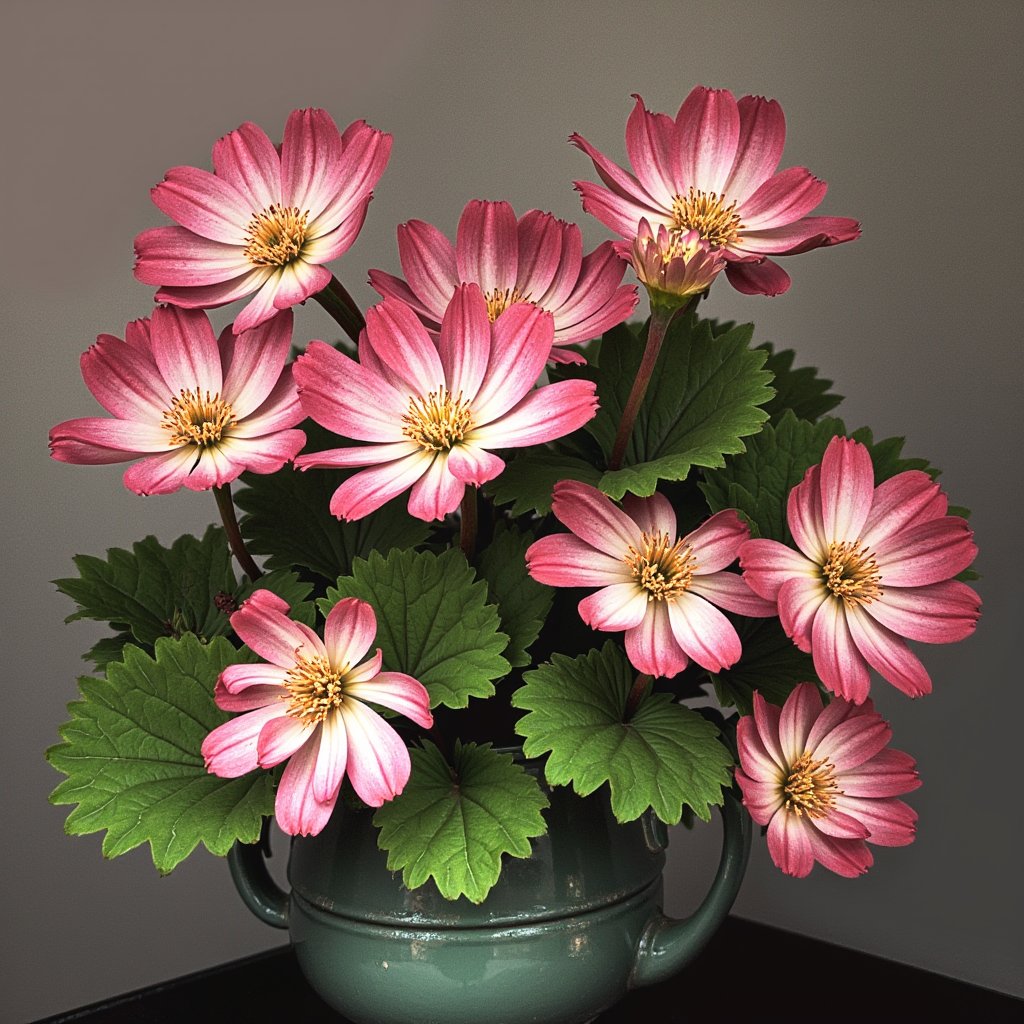
Did you know? Orchids are the largest plant family with over 25,000+ species! Found on every continent, they have evolved some fascinating adaptations to attract pollinators and compete for resources. A true marvel of nature's diversity!

Botanists have discovered a remarkable adaptation in some flower species: they can produce chemical signals to call pollinators specifically. This means the plants can communicate directly with the specific bees, butterflies, or other insects they need for reproduction!
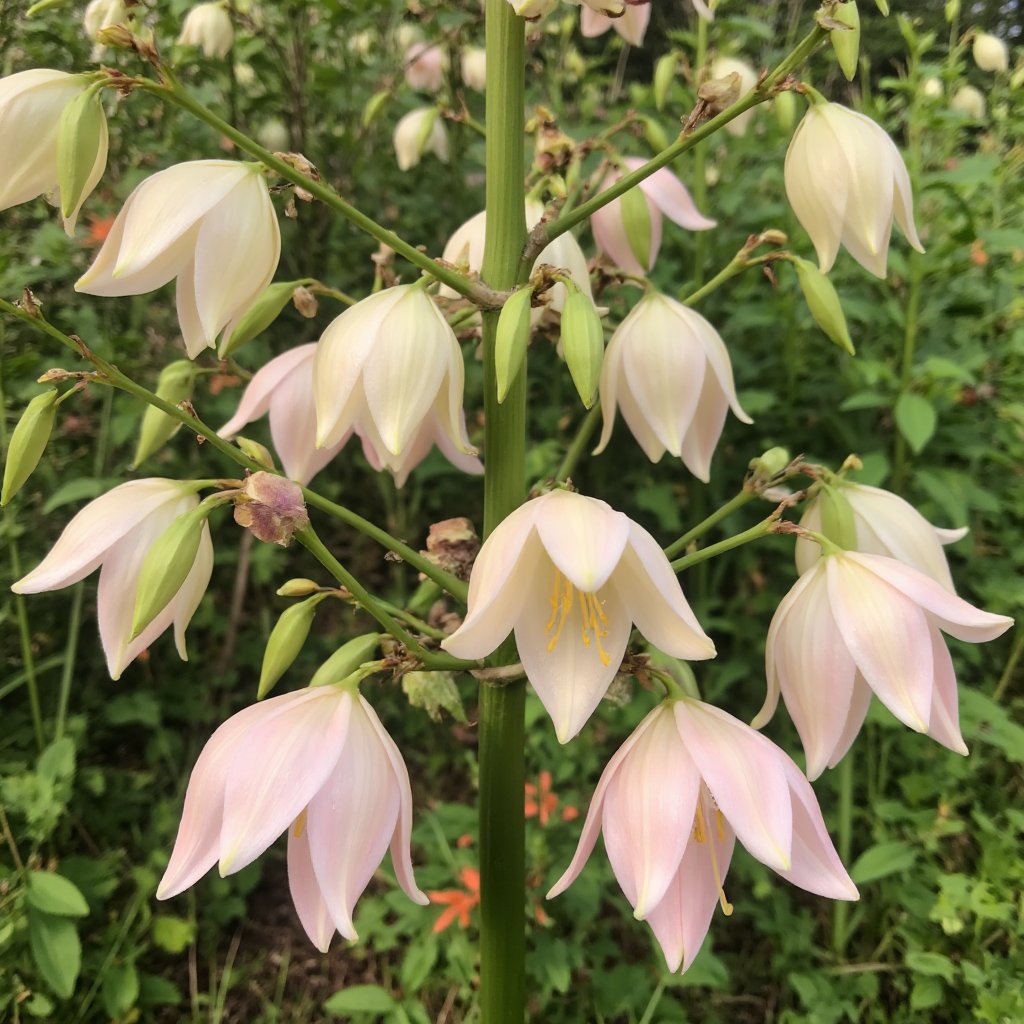
Rose hips have vitamin C. That's why rose hips had to came into hardly available fresh fruit outside of the seasons.

The rhythms and sequences of the botanical world were modeled on mathematical paradigms from the ancient Greeks to Kensington College.
Sunflowers can temporarily grow in the wrong direction if subjected to unusual environmental factors during the germination process. Overexposure to UV light or movement due to wind, etc. can sometimes lead to structural irregularities and malformation.